Divorce among celebrities often captures public attention, highlighting not only the pressures of living in the spotlight but also more universal themes of love, conflict, and personal growth. This article explores the top 10 celebrities who have experienced divorce, examining the circumstances of their separations and the broader implications these events can have on public perceptions of relationships.
Here are the Top 10 Famous Celebrities That Got Divorced
1. Brad Pitt and Angelina Jolie
Brad Pitt and Angelina Jolie’s relationship began with much fanfare and public interest, evolving into what many saw as a perfect union of beauty, talent, and humanitarian interests. They married in 2014 after nearly a decade together and soon became parents to a brood of six children, three of whom were adopted internationally, reflecting their shared commitment to global issues.
Their separation in 2016 was equally public and contentious, with initial reports suggesting issues related to parenting styles and lifestyle choices as key factors. The divorce proceedings extended over several years, illustrating the complexities involved in negotiating custody and financial arrangements in the glare of the public eye. This high-profile breakup not only dominated tabloid headlines but also sparked debates about the nature of celebrity relationships, the pressures they face, and the impact on children caught in the crossfire.
Media coverage of their divorce was extensive, often speculative, and highlighted the role of public relations strategies in managing celebrity images during personal crises. The custody battle, particularly concerning their diverse family structure, brought to light the challenges and scrutiny celebrity couples face when their private lives unfold in public. It also raised questions about the role of the media in perpetuating narratives and the impact of celebrity culture on societal perceptions of marriage and family.
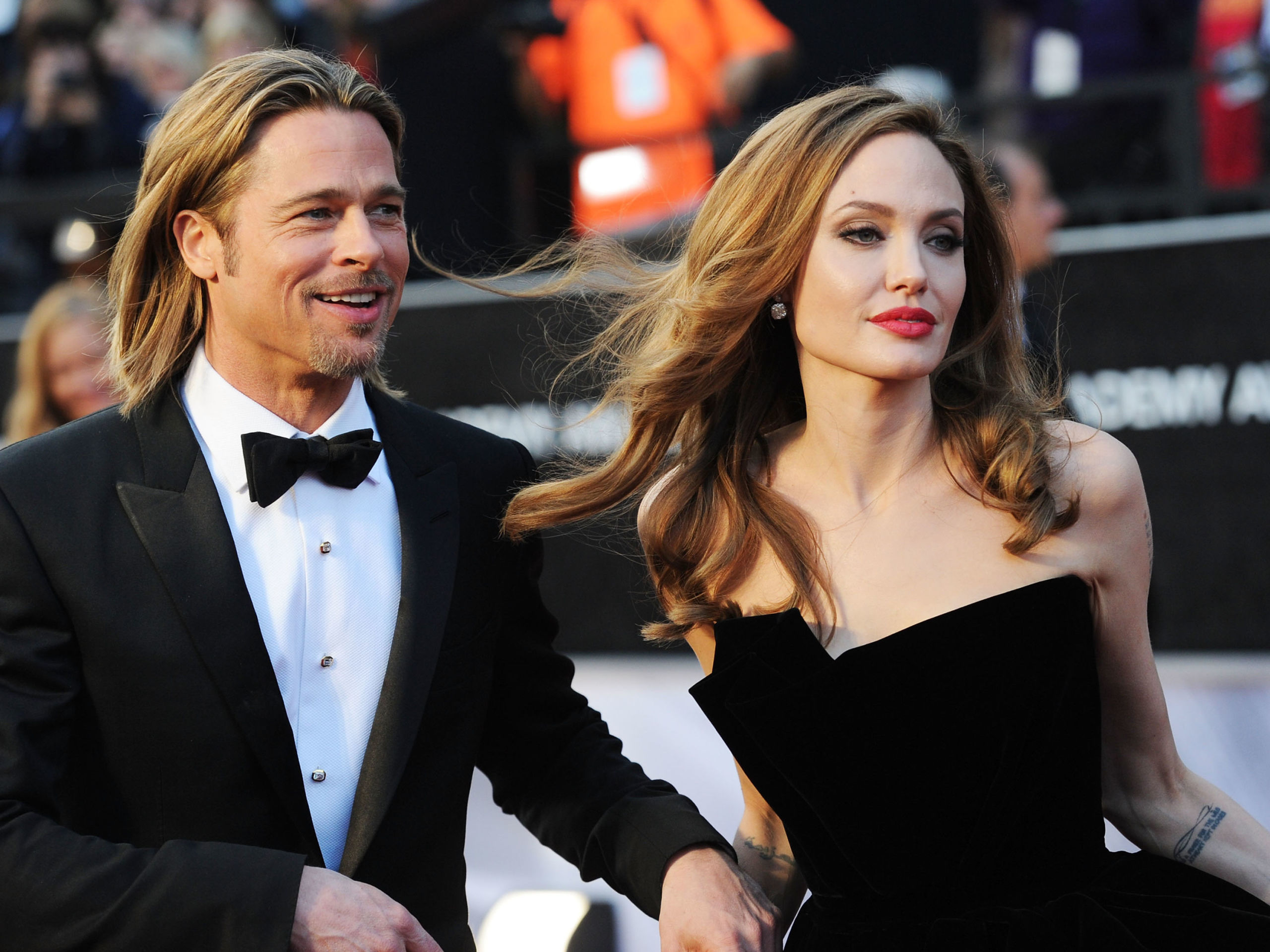
The Role of Media in Shaping Perceptions: Brad Pitt and Angelina Jolie
Brad Pitt and Angelina Jolie’s relationship, marriage, and eventual divorce were significantly shaped by media narratives. From their first meeting on the set of “Mr. & Mrs. Smith” to their roles as humanitarian icons, the media crafted a story that the public eagerly consumed. When news of their divorce broke, the narrative quickly shifted towards scandal and speculation, with every move and legal decision heavily scrutinized.
The extensive media coverage often focused on the custody battle over their six children, which became a spectacle of its own. This coverage reflects broader societal concerns about the rights of parents, the well-being of children in broken homes, and how wealth and fame can complicate personal matters. The public’s appetite for such stories also raises questions about privacy rights for individuals, even celebrities, and the potential psychological impact on their families.
2. Johnny Depp and Amber Heard
Johnny Depp and Amber Heard’s relationship and subsequent marriage in 2015 represented a union that spanned the worlds of Hollywood and independent film. However, their divorce became one of the most publicized and controversial in recent memory, with accusations and counter-accusations that captured global attention.
The legal battles that ensued after their separation were highly public and played out over several years, culminating in a defamation trial that was live-streamed and followed by millions worldwide. The proceedings revealed intimate details of their life together and brought forward discussions on serious issues such as domestic violence, substance abuse, and the responsibility of media in reporting on such personal matters.
Their divorce has been dissected in legal studies, psychology classes, and celebrity commentary, often being used as a case study of how legal disputes between public figures are increasingly played out in the court of public opinion as much as in actual courtrooms. The extensive documentation of their court proceedings has prompted significant discourse on the impact of fame on personal integrity, the legal system’s handling of high-profile cases, and the cultural implications of celebrity downfalls.
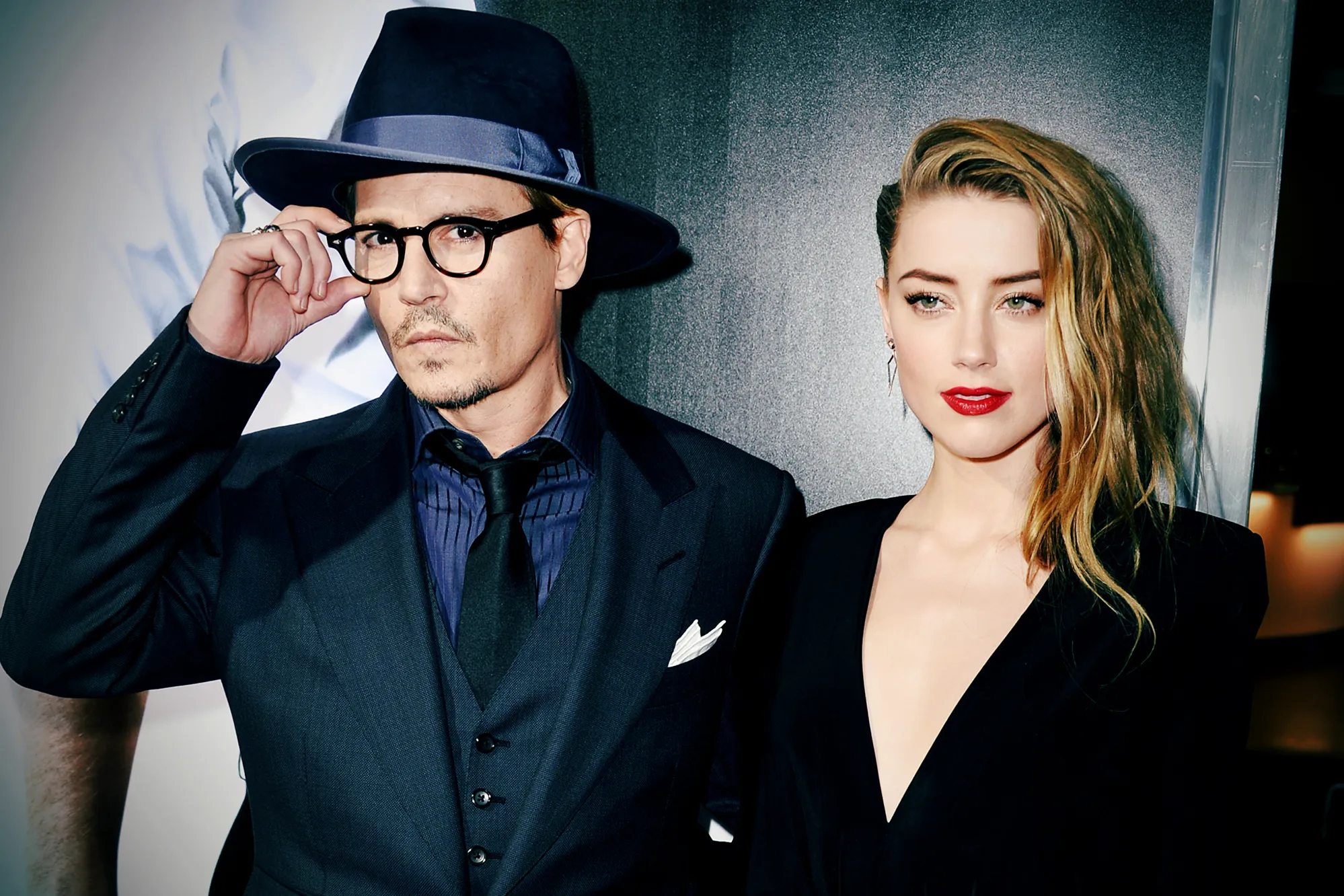
Celebrity, Reputation, and Legal Battles: Johnny Depp and Amber Heard
The divorce of Johnny Depp and Amber Heard is another poignant example of how personal conflicts between celebrities can escalate into public and legal spectacles. Their divorce, and the subsequent defamation trial, were not only about the dissolution of a marriage but also about the battle for reputation and public sympathy. The trial streamed worldwide, and turned personal testimonies and allegations into media fodder, influencing public opinion and career trajectories for both actors.
This case highlights the role of legal systems in resolving personal disputes under intense public scrutiny and how the court of public opinion can sometimes overshadow the actual legal outcomes. It also brings to light issues of domestic violence, mental health, and the responsibilities of the media in reporting sensitive personal matters responsibly.
3. Kim Kardashian and Kanye West
Kim Kardashian and Kanye West’s relationship began with much media attention, given their individual fame and controversial personas. Their marriage in 2014 was a star-studded affair, blending the worlds of music, fashion, and reality television. Together, they became a cultural phenomenon, influencing trends and conversations around music, fashion, and celebrity partnerships.
However, the strains of public life, West’s mental health struggles, and his unpredictable public behavior began to overshadow their relationship, culminating in Kardashian filing for divorce in 2021. The dissolution of their marriage was highly public, with social media playing a significant role in the narrative. Kardashian’s skilled use of media to manage her public image contrasted with West’s more erratic public appearances, creating a dichotomy that was extensively covered and discussed in both entertainment and mainstream news outlets.
The divorce discussions brought to light issues such as the handling of mental health in a public forum, the impact of fame on personal relationships, and the role of social media in shaping and reshaping public perceptions. Kardashian and West’s split has been significant in understanding the intersection of celebrity life with social media dynamics, where personal milestones and challenges are instantly global news, influencing public discourse and the individuals involved.
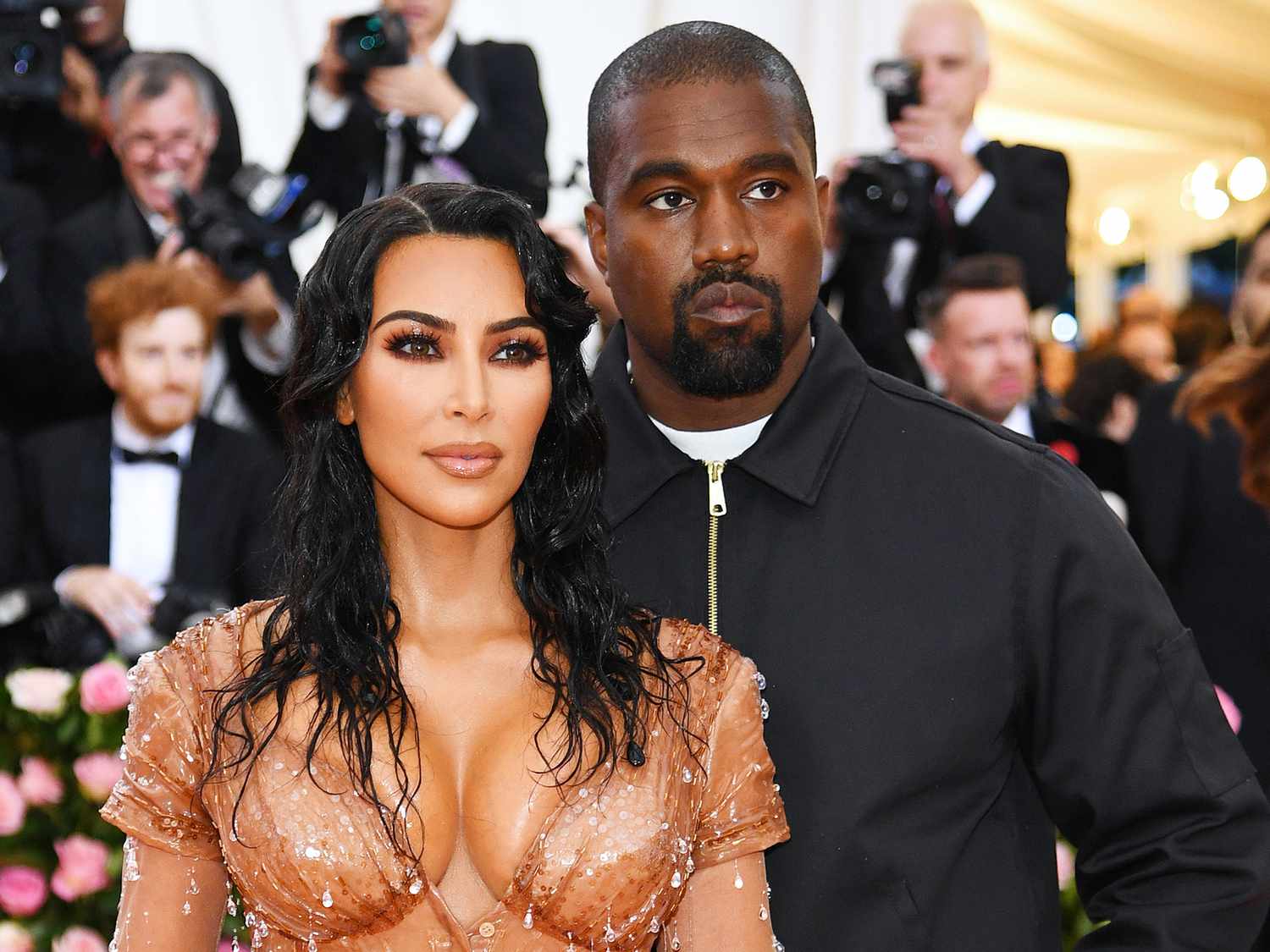
Navigating Career and Personal Life: Kim Kardashian and Kanye West
Kim Kardashian and Kanye West’s marriage and divorce exemplify the challenges of balancing high-profile careers and personal relationships in the public eye. Their relationship underwent intense media scrutiny, with every conflict and reconciliation becoming headline news. Kardashian’s skilled use of social media to manage her public image and West’s public struggles with mental health issues played out in real time, providing a unique insight into the pressures of celebrity life.
Their divorce discussions often centered around the well-being of their four children and the division of their substantial assets, reflecting broader themes of familial responsibilities and financial management in the face of public scrutiny. This case also demonstrates the potential of social media as a tool for narrative control and personal branding in contemporary celebrity culture.
4. Jennifer Aniston and Brad Pitt
Jennifer Aniston and Brad Pitt’s marriage from 2000 to 2005 represented one of Hollywood’s most beloved pairings. Their divorce was a landmark event in celebrity culture, not just because of their fame but because of the intense public investment in their relationship. Aniston and Pitt’s split was surrounded by speculation, particularly involving Pitt’s subsequent relationship with Angelina Jolie, which many tabloids cited as a contributing factor to the breakup.
The public and media’s response to their divorce highlights the phenomenon of celebrity idolization and the personal narratives that fans and media construct around celebrities. Aniston’s post-divorce public image as a wronged woman was widely discussed in the media, contrasting with Pitt’s image as a man who moved on too quickly. This narrative played out extensively in the media, influencing public perceptions and the actors’ careers for years.
The discussion around their divorce also touched on broader themes of love, betrayal, and the pressures of Hollywood lifestyles. It prompted a discourse on the personal lives of celebrities and their right to privacy, contributing to ongoing debates about the boundaries of celebrity reporting. The Aniston-Pitt divorce remains a pivotal moment in pop culture, exemplifying how celebrity relationships can mirror, influence, and sometimes dictate media and public behavior.
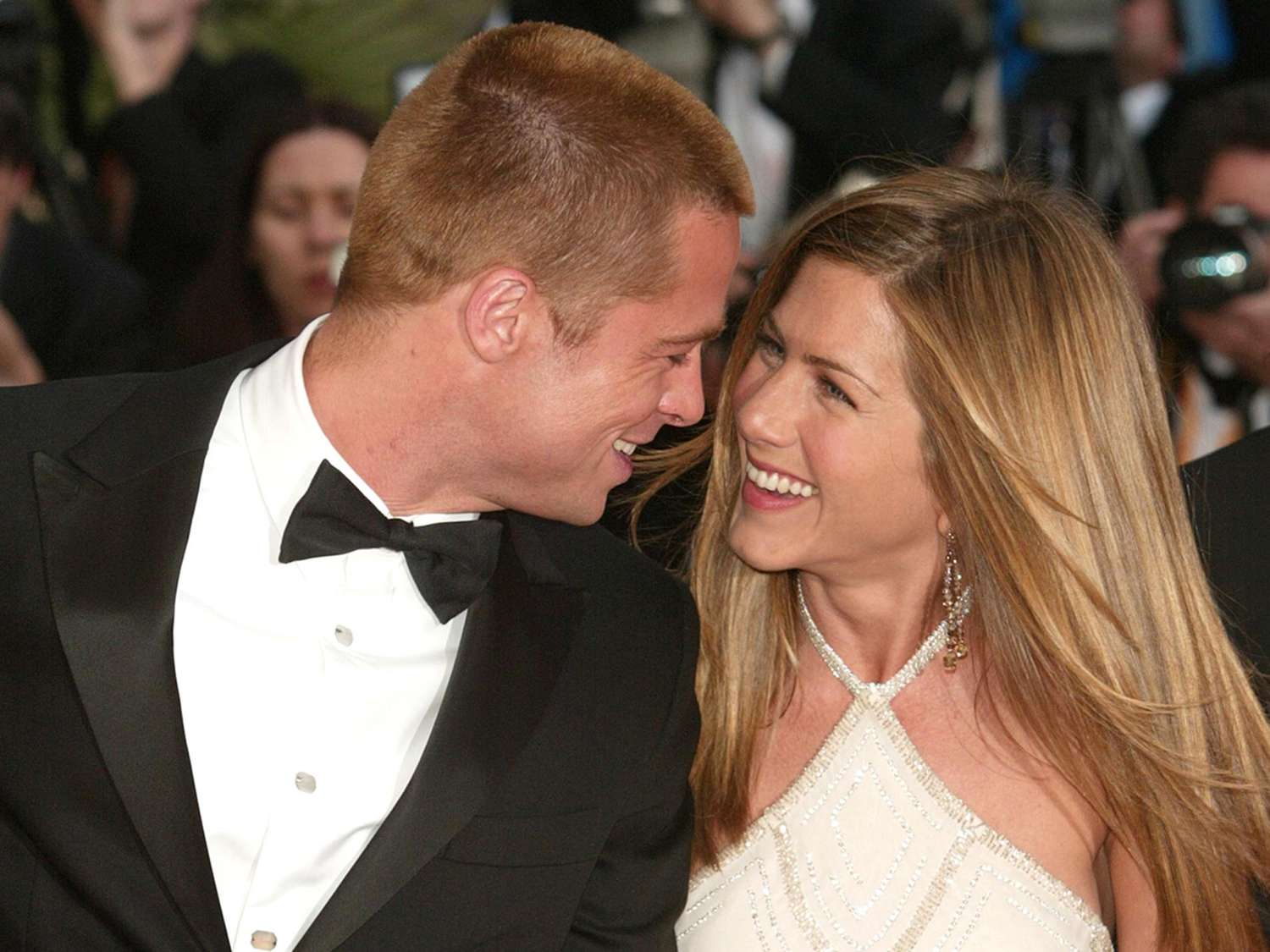
Media Coverage and Privacy: Jennifer Aniston and Brad Pitt
Jennifer Aniston and Brad Pitt’s divorce was one of the most media-saturated events of its time, largely due to their immense popularity and previously perceived “perfect couple” image. The incessant media coverage raised significant ethical questions regarding privacy in celebrity life, especially considering the speculative narratives about the reasons behind their split, notably Pitt’s rumored affair with Angelina Jolie.
This case is a prime example of how media can influence public perception and intrude into personal lives, prompting a broader discussion about the boundaries of celebrity journalism. It highlights the need for a balance between public interest and respect for personal privacy, especially in situations involving emotional distress. The media’s role in shaping narratives around celebrity divorces often perpetuates stereotypes and intensifies personal drama, which can have real consequences for the individuals involved.
5. Tom Cruise and Katie Holmes
Tom Cruise and Katie Holmes’ marriage, which lasted from 2006 to 2012, was highly publicized from the outset, starting with Cruise’s infamous couch-jumping episode on “The Oprah Winfrey Show.” Their relationship was often seen through the lens of Cruise’s involvement with Scientology, which was speculated to be a central issue in their marriage and subsequent split.
The media coverage of their divorce focused heavily on the role of Scientology in Holmes’ decision to file for divorce, especially regarding the upbringing of their daughter, Suri. The narrative around Holmes’ departure from Cruise was frequently framed as a dramatic escape from an oppressive situation influenced by Cruise’s religious beliefs, although these details were never confirmed by Holmes herself.
This divorce raised significant discussions about religious freedom, parental rights, and the influence of religion in marriage. The public fascination with their split also sheds light on the complexities of marrying into high-profile religious affiliations and the challenges of maintaining personal beliefs and autonomy in such situations. Cruise and Holmes’ divorce thus remains a significant example of how celebrity marriages can intersect with broader societal issues, influencing public discourse on religion and personal liberty in intimate relationships.
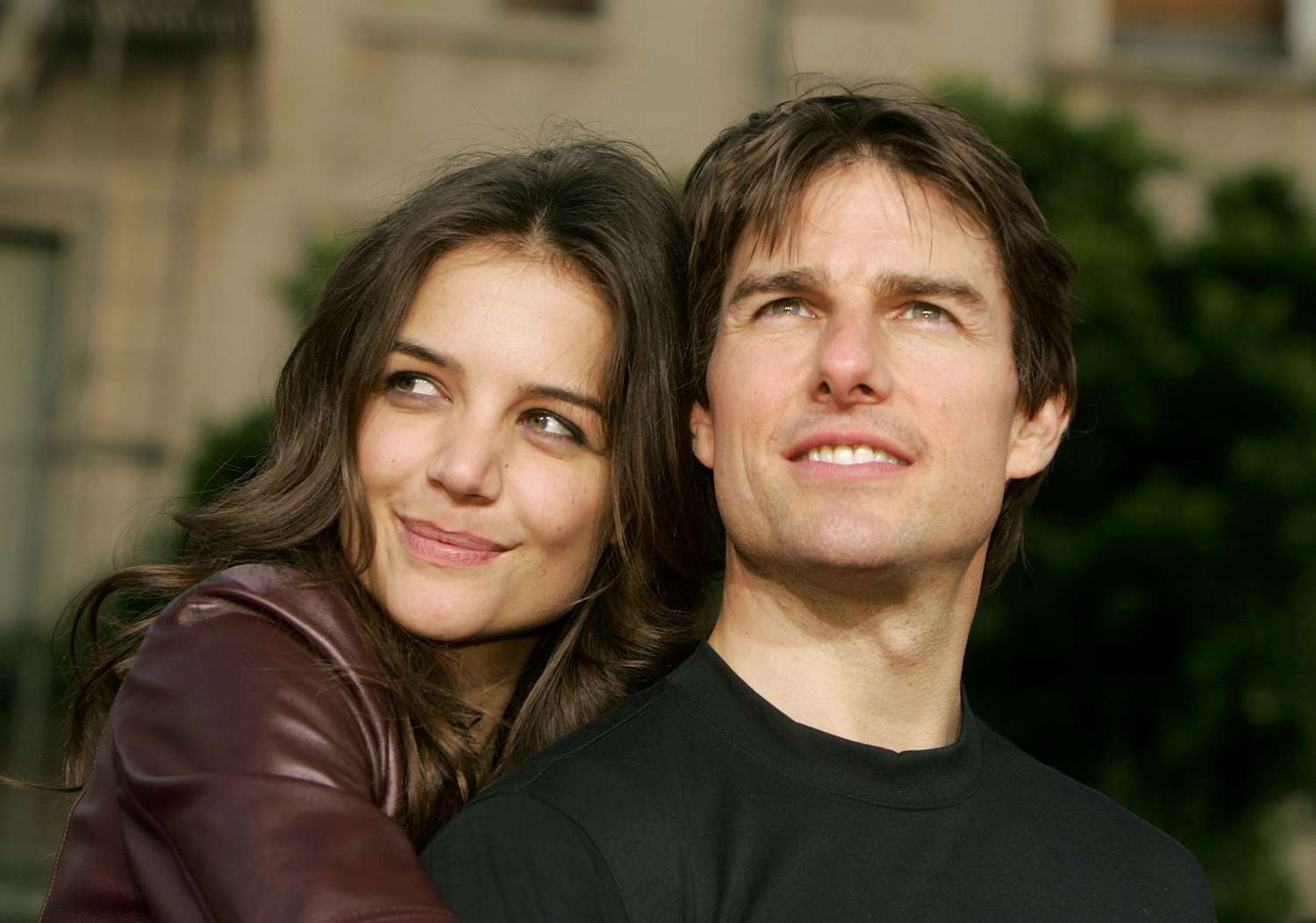
The Toll of Public Scrutiny: Tom Cruise and Katie Holmes
The divorce between Tom Cruise and Katie Holmes offers insight into the toll that intense public scrutiny and media pressure can take on individual privacy and autonomy, particularly in the context of Cruise’s high-profile involvement with Scientology. Holmes’ apparent struggle for independence from the church’s influence during their separation was a focal point in the media, highlighting issues of religious freedom and personal agency in marriages.
This divorce sheds light on the complexities of navigating a high-profile relationship under the constant gaze of the public and media, especially when personal beliefs and organizational affiliations are involved. It also prompts a discussion about the balance between personal privacy and the public’s interest in the lives of celebrities, especially when those lives intersect with powerful organizations like Scientology.
6. Demi Moore and Ashton Kutcher
Demi Moore and Ashton Kutcher’s relationship began with widespread media attention due to their significant age difference—Moore being 16 years older. Married in 2005, their relationship challenged societal norms and sparked discussions about age disparities in relationships and the evolving dynamics of modern marriages.
Their divorce in 2013, after a six-year marriage, was highly publicized, focusing on issues of fidelity and the pressures of public life. Reports of Kutcher’s infidelity and the couple’s struggle with their public image dominated the narrative. The divorce discussions broadened into a larger conversation about the challenges of age-gap relationships, especially in Hollywood, where public scrutiny is intense and often critical.
Moore’s and Kutcher’s split also highlighted the personal development and transformations individuals undergo at different life stages, contributing to discussions about compatibility, personal growth, and the expectations placed on celebrity relationships. Their divorce serves as a case study of how personal transformations and external pressures can impact relationships, particularly in the public eye.
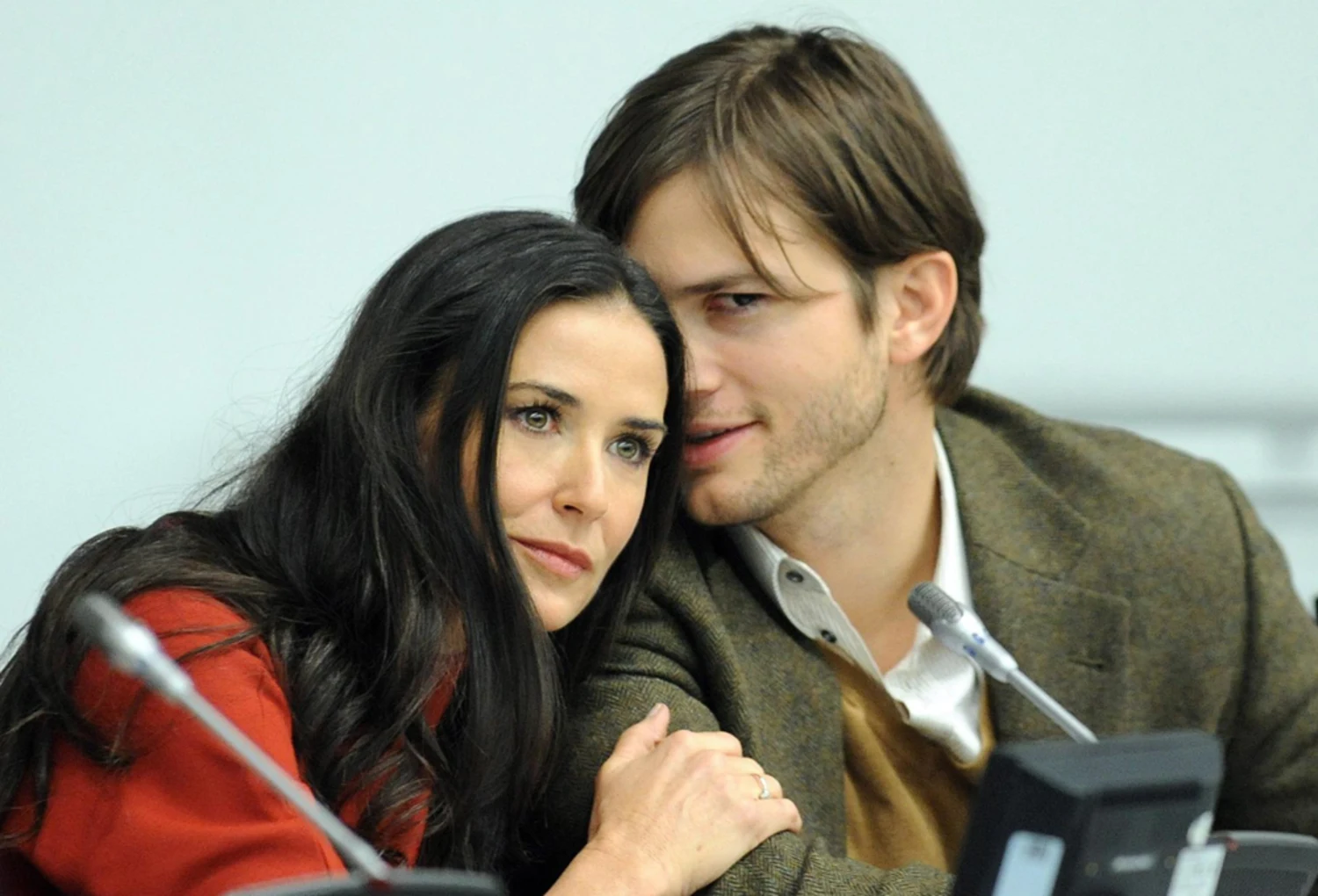
Mental Health and Media Narratives: Demi Moore and Ashton Kutcher
Demi Moore and Ashton Kutcher’s divorce brings to the forefront the discussion on age dynamics and its implications on mental health within a relationship. Media narratives often emphasized the age difference between Moore and Kutcher, potentially impacting public perception and the personal self-esteem of the individuals involved. The divorce highlighted the psychological impacts that such media narratives can have on celebrities, particularly around issues of age and compatibility.
This case prompts important discussions about how society views age-gap relationships and the stereotypes and pressures associated with them. It also illustrates the need for more sensitive and respectful media coverage that does not exacerbate personal challenges or stigmatize individuals based on age.
7. Madonna and Guy Ritchie
Madonna, the quintessential pop icon, and Guy Ritchie, a British film director, married in 2000 in a lavish ceremony at Skibo Castle in Scotland. Their union was seen as a fusion of contrasting worlds, blending American pop culture with British film-making. Throughout their eight-year marriage, they were constantly in the spotlight, navigating the challenges of maintaining high-profile careers in different entertainment spheres.
Their divorce in 2008 was notable not just for its impact on the individuals involved but also for its broader cultural implications. The media extensively covered their disagreements over where to base their family—whether in the United States or the United Kingdom—which highlighted issues related to transatlantic marriages and the complexities of international family law. Their settlement, which was reportedly in the tens of millions, also drew attention to the financial aspects of celebrity divorces, including asset division and alimony.
Madonna and Ritchie’s split further prompted discussions on the balancing act between personal relationships and career ambitions, illustrating how differing professional demands and cultural backgrounds can strain a marriage. This divorce case underscores the challenges faced by binational couples, particularly those under the continuous scrutiny of the public eye.
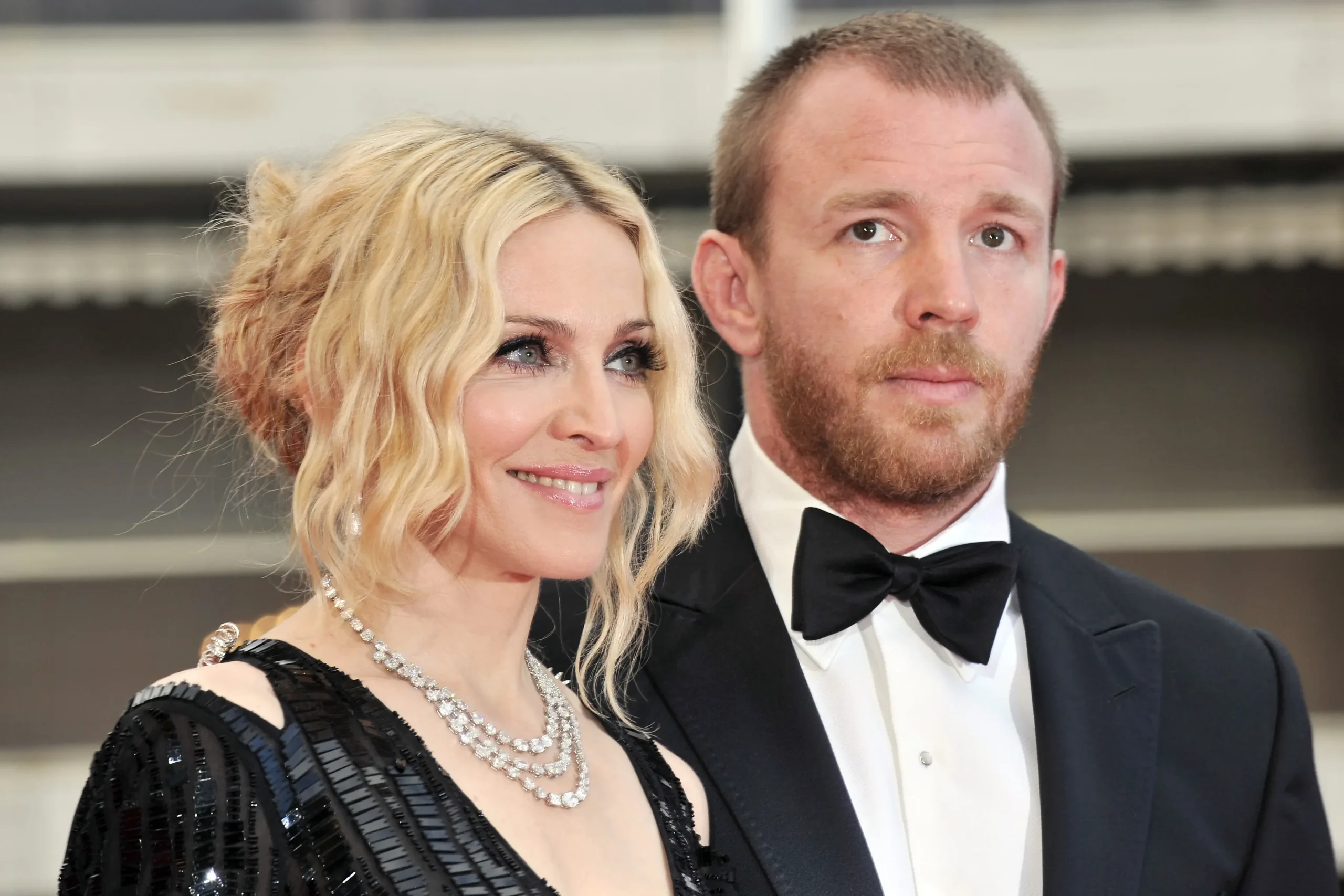
Madonna and Guy Ritchie: Cultural Differences and Media Narratives
The marriage and subsequent divorce of Madonna and Guy Ritchie highlighted not just personal but cultural contrasts, which were often sensationalized by the media. This high-profile split showcased the clash between American and British cultural values, as Madonna, an American pop icon, and Ritchie, a British film director, navigated their public and private lives across these distinct backgrounds.
The media often portrayed their relationship as a merger of different worlds, and their divorce discussions frequently centered around these cultural differences, emphasizing the challenges they faced. This narrative not only influenced public perceptions but also underscored the complexities of international marriages in the spotlight. The divorce led to discussions about how cultural expectations and personal identity are negotiated within the confines of a high-profile relationship, highlighting issues such as the integration of families and careers across borders.
8. Tiger Woods and Elin Nordegren
Tiger Woods, a legendary golfer, and Elin Nordegren, a Swedish model, were married in 2004. Their divorce in 2010 was one of the most dramatic and publicized in the world of sports, primarily due to the revelations of Woods’ infidelities, which received extensive media coverage. This scandal significantly impacted Woods’ public image and career, leading to lost endorsements and a temporary withdrawal from professional golf.
The media frenzy around their divorce highlighted the intersection of celebrity, morality, and the business of sports. It sparked a global conversation about privacy, the responsibilities of public figures, and the consequences of personal actions on professional life. Nordegren’s handling of the divorce, particularly her decision to largely stay out of the public eye, was often cited as a dignified response to a highly public betrayal, bringing attention to the personal costs of public exposure in such crises.
Their split also served as a critical case study on the impact of personal scandals on endorsement-based careers and the broader implications for athletes’ conduct in the highly commercialized world of professional sports.
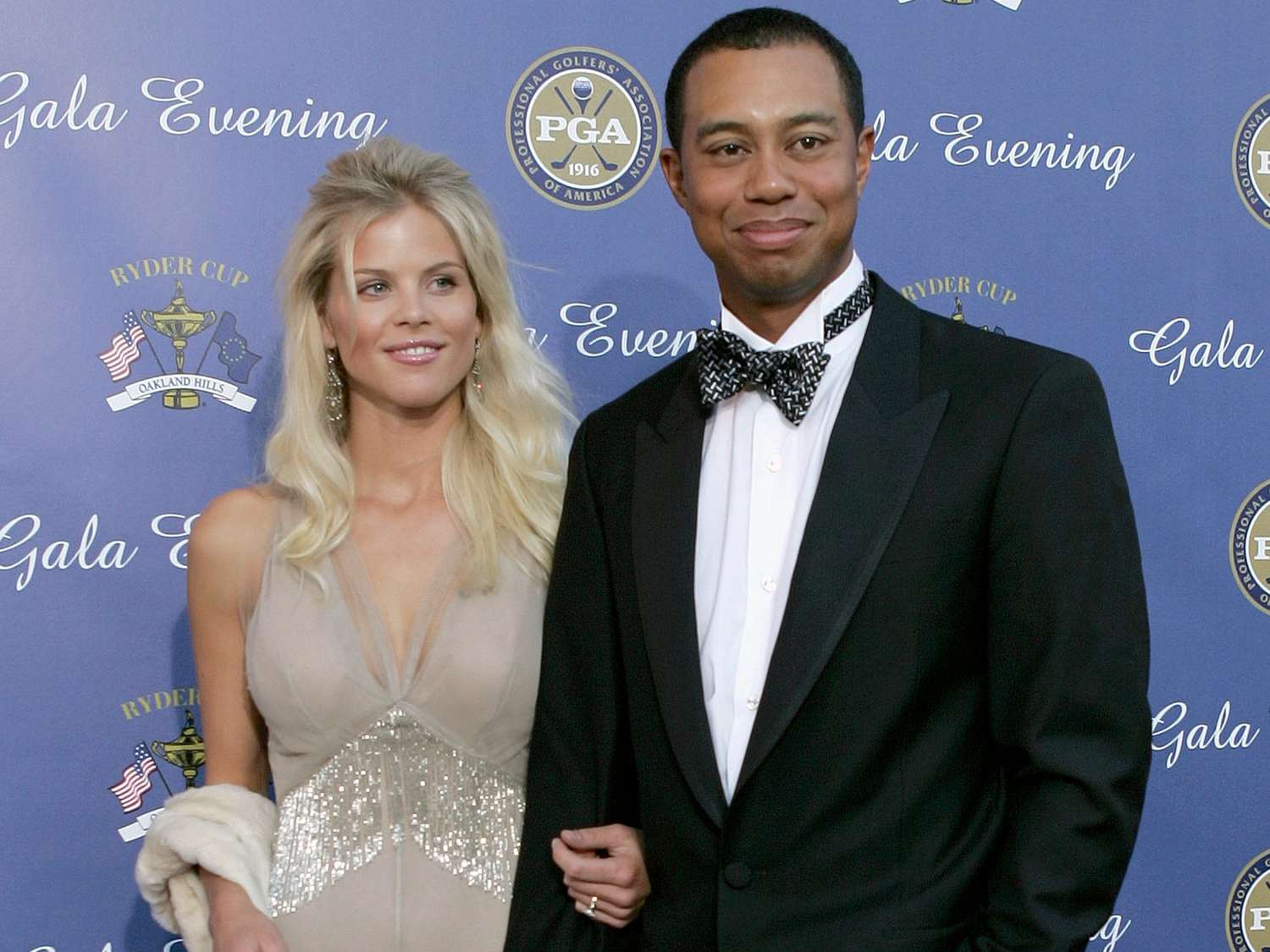
Tiger Woods and Elin Nordegren: Privacy, Infidelity, and Media Scrutiny
Tiger Woods and Elin Nordegren’s divorce was heavily dominated by the themes of infidelity and the invasive nature of media scrutiny. The global golf superstar’s fall from grace was precipitated by revelations of multiple infidelities, which turned personal betrayal into a public spectacle. This case exemplifies the intense scrutiny public figures face and the rapid pace at which their failures can be commodified by the media.
The extensive coverage of Woods’ infidelities and the subsequent divorce proceedings highlighted the often destructive role of media in personal crises, raising important questions about the boundaries of privacy for public figures. The media’s relentless focus on Woods’ failings also sparked debates about the balance between a public figure’s professional achievements and their morality. This case serves as a pivotal example of how media coverage can influence public perception and the personal lives of celebrities.
9. Jennifer Lopez and Marc Anthony
Jennifer Lopez and Marc Anthony, both major figures in the music industry, married in 2004. Their partnership was not only romantic but also professional, collaborating on various music projects and tours. Their divorce in 2014 brought to light several issues commonly faced by celebrity couples, including managing dual careers in the public eye and the challenges of blending families.
Their split was handled with a notable level of mutual respect and professionalism, focusing on co-parenting their twins and continuing their professional collaborations. This approach provided a counter-narrative to the often contentious celebrity divorces, emphasizing the possibility of maintaining a functional relationship and joint commitments after a split.
Their divorce discussions in the media and among fans also touched on cultural identity and representation, as both Lopez and Anthony have been significant figures in Latin music and culture. Their relationship and subsequent split highlighted the dynamics of celebrity relationships within the Latino community, discussing how personal relationships can influence public personas and vice versa.
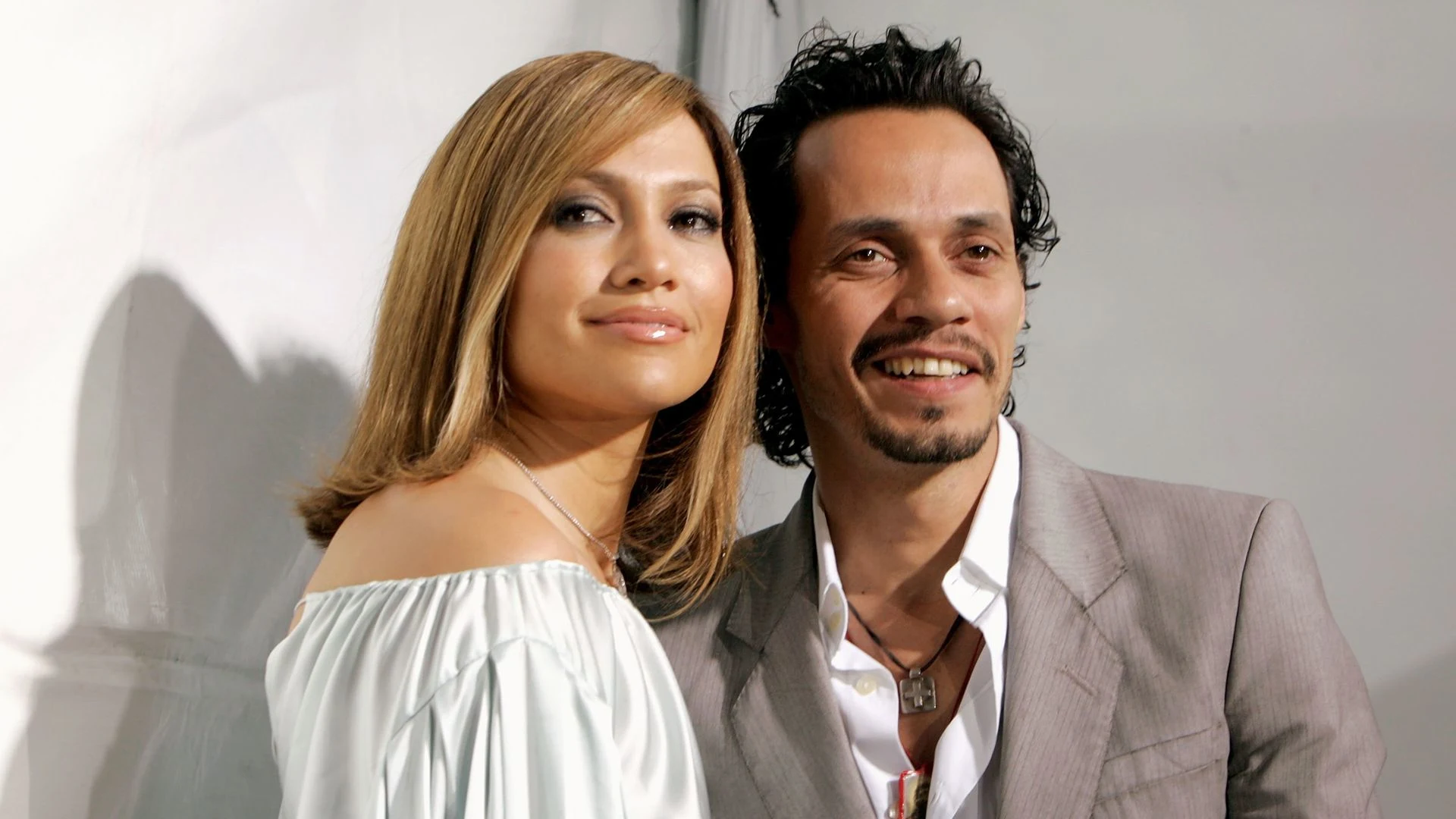
Cultural Impact and Financial Negotiations: Jennifer Lopez and Marc Anthony
Jennifer Lopez and Marc Anthony’s divorce highlights how celebrity relationships can influence cultural identity and expectations, especially within specific communities. Both being prominent figures in the Latin music scene, their split had cultural implications, reflecting and perhaps even shaping Hispanic cultural narratives about marriage, family, and public life.
Furthermore, their divorce proceedings, which involved considerable assets and joint professional ventures, illustrate the complexities of financial negotiations in the public eye. This case provides insights into how financial arrangements are managed among celebrities and the impact of such arrangements on their public and private lives. It raises questions about the intersection of money, fame, and personal relationships, and how these factors play out under the scrutiny of both the media and the public.
10. Paul McCartney and Heather Mills
Paul McCartney, the famed Beatles member, and Heather Mills, a model and activist, experienced one of the most high-profile divorces in the music industry. Married in 2002, their divorce in 2008 was fraught with public disputes and legal battles over financial settlements. McCartney’s fortune, combined with Mills’ demands, made their divorce proceedings a staple of tabloid coverage, highlighting the complexities and public fascination with celebrity wealth and divorce settlements.
The McCartney-Mills divorce case brought issues such as the media’s role in personal conflicts and the ethics of public disclosures to the forefront. It raised questions about the fairness of divorce settlements, especially concerning celebrities’ fortunes and the perceived motivations behind large financial demands.
This divorce not only drew attention to the financial aspects of celebrity divorces but also the emotional and reputational costs involved. It underscored how celebrity status can complicate personal crises, transforming private disputes into public spectacles.
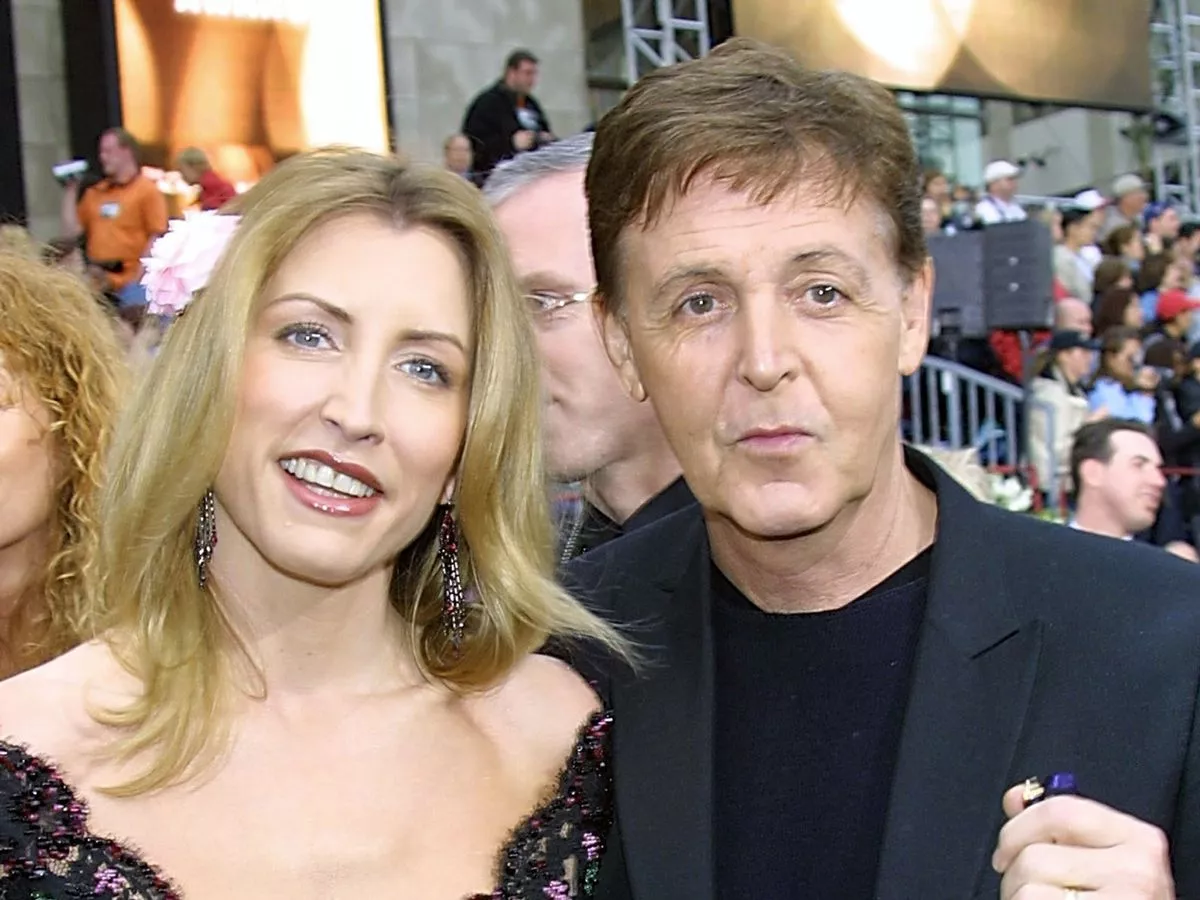
Implications for Financial Settlements: Paul McCartney and Heather Mills
The divorce between Paul McCartney and Heather Mills was not just a personal separation but a highly public financial negotiation. The extensive media coverage focused on the financial settlement, with public and legal scrutiny of Mills’ motivations and McCartney’s responsibilities. This divorce illustrates how financial aspects can become contentious points in celebrity divorces, often overshadowing more personal concerns.
The McCartney-Mills case sheds light on the intersection of wealth, public image, and legal fairness in divorce proceedings. It raises important questions about the equity of divorce settlements, especially in situations where one party is significantly wealthier than the other, and how these settlements are perceived by the public.
Each of these cases offers valuable insights into the complexities of celebrity divorces, highlighting issues of privacy, media influence, legal fairness, and the personal costs involved. They serve as microcosms of broader societal issues, reflecting and sometimes shaping cultural norms and discussions around marriage, divorce, and personal relationships.









